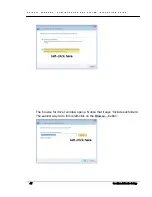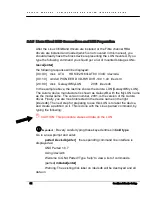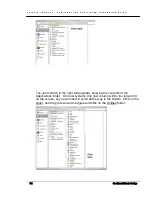
G A L A X Y ® A U R O U R A C O N F I G U R A T I O N A N D S Y S T E M I N T E G R A T I O N G U I D E
53
Section 2 Basic Setup
Block size=4096 (log=2)
Fragment size=4096 (log=2)
131072000 inodes, 262143991 blocks
13107199 blocks (5.00%) reserved for the super user
First data block=0
Maximum filesystem blocks=4294967296
8000 block groups
32768 blocks per group, 32768 fragments per group,16384 inodes per
group
Superblock backups stored on blocks:
32768, 98304, 163840, 229376, 294912, 819200, 884736, 1605632,
2654208,
4096000, 7962624, 11239424, 20480000, 23887872, 71663616,
78675968,
102400000, 214990848
Writing inode tables: done
Creating journal (32768 blocks): done
Writing superblocks and filesystem accounting information: done
This filesystem will be automatically checked every 27 mounts or
180 days, whichever comes first. Use tune2fs -c or -i to override.
The amount of time it takes to create the file system will vary, depending on
the file system chosen, the LUN capacity, the drive speeds, connection type,
etc. Some file systems create in just seconds, while others can take minutes or
hours. In the example above the ext3 file system creation took approximately 2
minutes.
The partition is prepared but must be mounted to use the LUN by the Linux
clients.
Here’s the command:
mount /dev/sdb1 /mnt[enter]
In this example, you are mounting the ext3 partition /dev/sdb1, to a pre-
existing folder, /mnt. You can create your own mount points, by using the
following commands:
mkdir {/folderpath}[enter]
chmod 777 {/folderpath}[enter]
For example, to mount the array to /root/bob, you would type the following:
















































